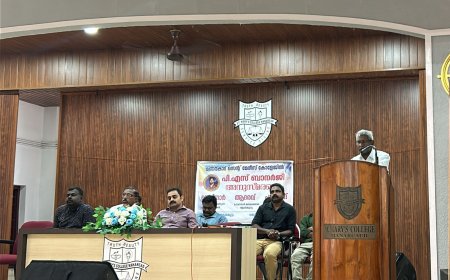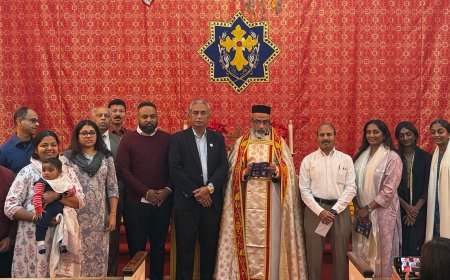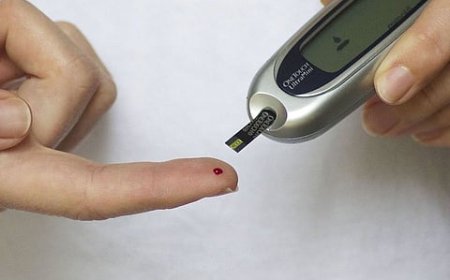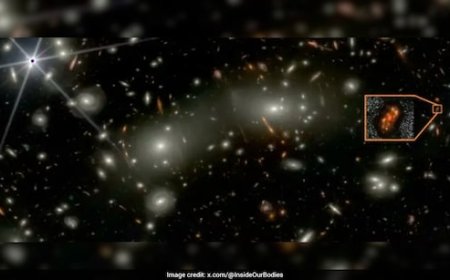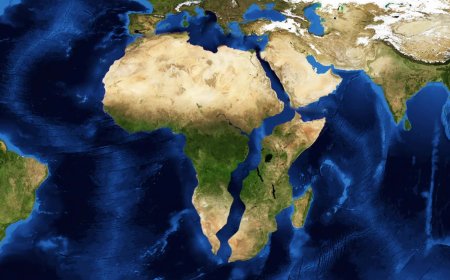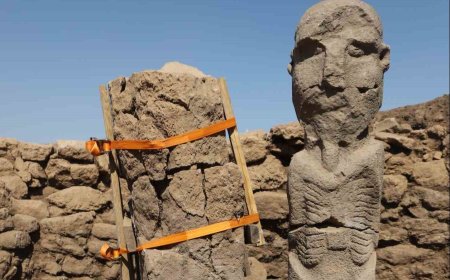Earth receives first laser message from 16 million km from deep space
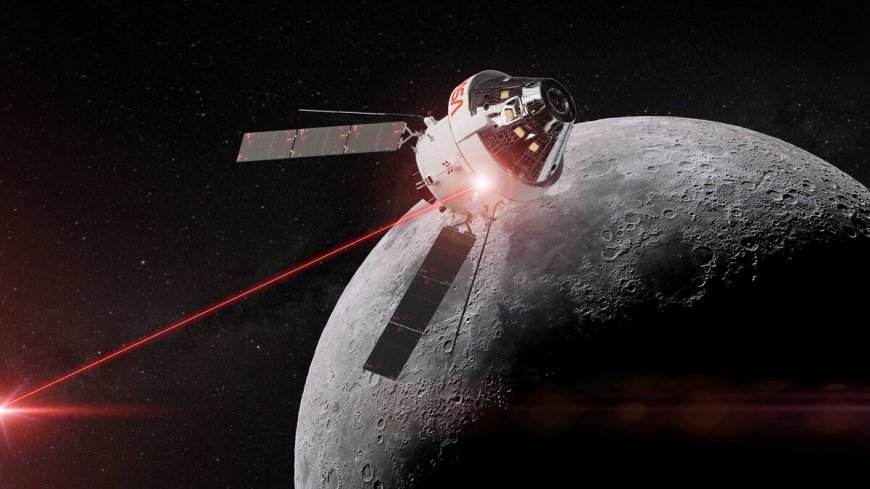
IN a groundbreaking achievement, Earth has received laser-beamed communication from a distance of 16 million kilometres, or 10 million miles. As per NASA, that's 40 times farther than the distance between the Earth and the moon, making it the longest demonstration of optical communications.
The experiment was made possible by the Deep Space Optical Communications (DSOC) tool which was travelling onboard NASA's Psyche spacecraft. It set off on October 13 from the Kennedy Space Center in Florida and it's since been successful in sending a laser-beamed message back to Earth. On November 14. the Psyche spacecraft established a communication link with the Hale Telescope at the Palomar Observatory in California. DSOC's near-infrared photons took about 50 seconds to travel from Psyche to Earth during the test.
Notably, the successful establishment of the comms link is known as the 'first light'.
''Achieving first light is one of many critical DSOC milestones in the coming months, paving the way toward higher-data-rate communications capable of sending scientific information, high-definition imagery, and streaming video in support of humanity's next giant leap,'' said Trudy Kortes, who is director of Technology Demonstrations at NASA Headquarters.
Abi Biswas, project technologist for DSOC at NASA Jet Propulsion Laboratory, said, "Receiving first light is a tremendous achievement. The deep space laser photons from DSOC's flight transceiver aboard Psyche were successfully detected by ground equipment. We could also convey data, implying that we may interchange 'bits of light' from and to deep space."
The primary purpose of the Psyche spacecraft is to explore and study the unique metallic asteroid Psyche, providing insights into the history of planet formation and core dynamics. The experiment is planned to last two years, sending and receiving laser signals from increasingly distant locations on its way to its final destination. The spacecraft is expected to reach the asteroid in 2029 and will then proceed to orbit.
NASA administrator Bill Nelson said in a statement: ''The Psyche mission could provide humanity with new information about planet formation while testing technology that can be used on future NASA missions. As Asteroid Autumn continues, so does NASA's commitment to exploring the unknown and inspiring the world through discovery.''
At present, communications with craft in deep space are achieved through radio signals, sent and received from vast antennas on Earth. However, their bandwidth is limited. With this experiment, NASA ultimately hopes to use lasers to send information between Earth and spacecraft using light instead of radio waves. The system is capable of beaming information 10 to 100 times faster than current space communications equipment, the space agency said.
Once achieved, NASA would not only be able to aid human and robot missions but also send higher-resolution instruments into deep space for study.






